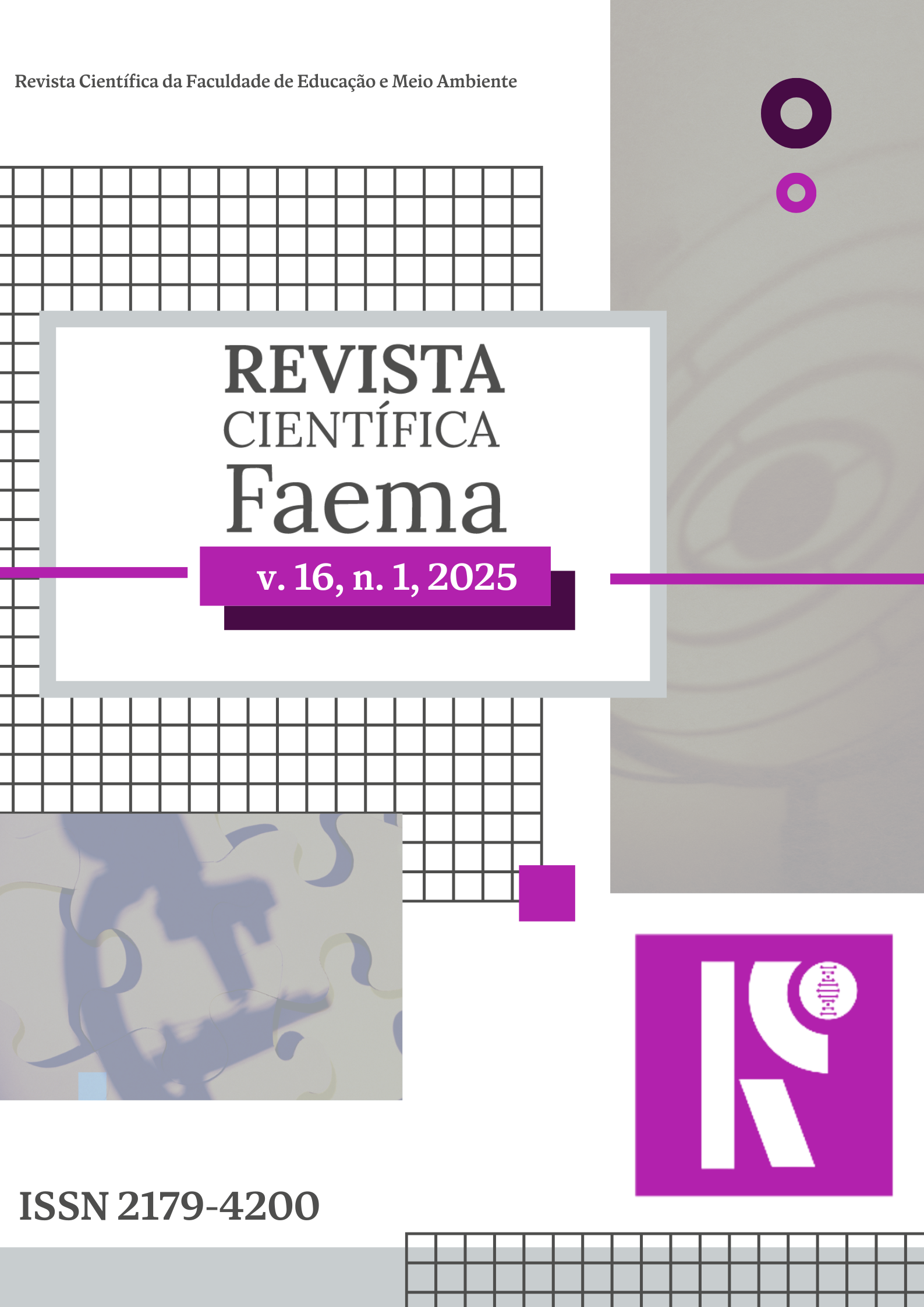IN SILICO PREDICTION OF ANTIDIABETIC ACTIVITY AND EVALUATION OF PHARMACOKINETIC AND TOXICOLOGICAL CHARACTERISTICS OF COMPOUNDS DERIVED FROM ANTHOCYANINS FROM BANANA FLOWER BUD musa spp.
Main Article Content
Abstract
Type 2 diabetes mellitus is a chronic condition that affects millions worldwide, requiring new therapeutic approaches. In this context, natural compounds have emerged as promising alternatives due to their potential antidiabetic properties. The work focuses on evaluating, through computational techniques, the capacity of anthocyanin derivatives isolated from the banana flower bud (Musa spp.) as candidates for MGAM (Maltase-Glucoamylase) inhibitors, as well as carrying out the evaluation of pharmacokinetic and toxicological studies, aiming at potential validation of antidiabetic activity. The methodology involved molecular docking and in silico pharmacokinetic and toxicology analyses. Validation of molecular docking showed that anthocyanin derivatives have high affinity for the MGAM enzyme, with delphinidin-3-rutinoside standing out for its effective absorption and antidiabetic potential. Although the inhibition of cytochrome P450 suggests caution with drug interactions, the non-mutagenicity and variable toxicological profile indicate a safe basis for future investigations. Challenges related to bioavailability, indicated by Lipinski's rule, point to the need for optimization for oral use. The results, demonstrating affinity and pharmacokinetic potential, indicate an innovative path in the treatment of type 2 diabetes mellitus. The discussion highlights the value of natural compounds in medicine. The conclusion points to the need for future research to transition these findings into clinical practice, emphasizing the study's significant contribution to the advancement of antidiabetic therapies.


